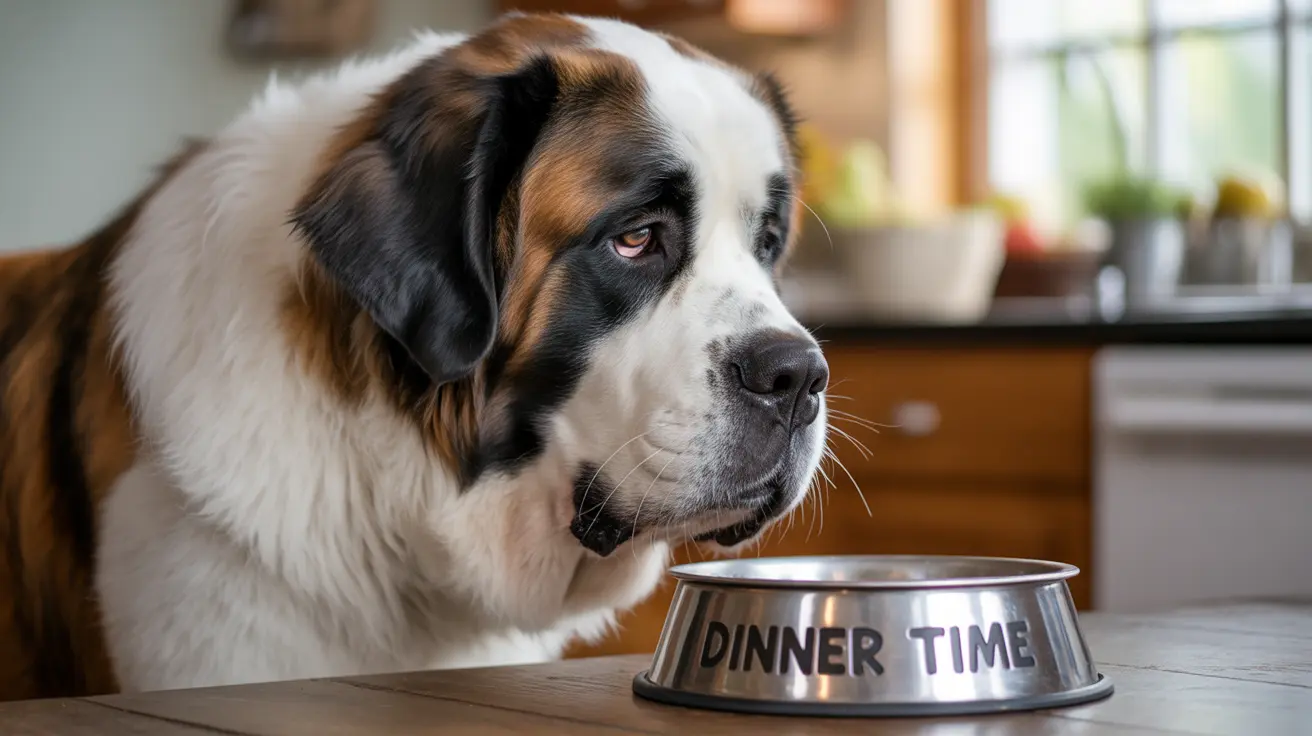Just like humans, dogs have lips - but they're quite different in structure and function. These specialized mouth features, particularly the upper lips known as "flews," play crucial roles in eating, drinking, and communication. Let's explore everything you need to know about your dog's lips and why they're essential for canine health and behavior.
The Unique Structure of Dog Lips
Unlike human lips, dog lips are more muscular and fibrous, designed specifically for their eating habits and lifestyle. The upper lips, called flews, can vary dramatically in size and shape depending on the breed. Some dogs, like Bloodhounds and Saint Bernards, have prominent, droopy flews, while others, such as Greyhounds, have much tighter lip structures.
Dog lips contain multiple tissue layers, including nerves, blood vessels, and specialized glands. They also feature unique ridges called rugal folds, which help dogs grip and manipulate food more effectively.
Essential Functions of Canine Lips
Eating and Drinking
Dog lips serve as crucial tools for eating and drinking. They help dogs grab and hold food, guide water into their mouths, and work with the tongue to manipulate food during chewing. The specialized structure of their lips allows them to eat and drink efficiently without making a mess - though some breeds with larger flews might drool more than others.
Protection and Temperature Regulation
The lips form a protective barrier around your dog's mouth, keeping out debris and foreign objects while helping maintain proper oral moisture. They also assist in temperature regulation during panting, working alongside the tongue to help cool your dog down.
Communication and Expression
Dogs use their lips as part of their complex system of facial expressions. The position and movement of their lips can convey various emotions, from contentment to stress or aggression. Understanding these subtle signals can help owners better interpret their dog's mood and needs.
Breed-Specific Variations
Different dog breeds have developed distinct lip characteristics based on their historical purposes. Hunting and scent hounds often have looser, more pronounced flews to help trap scents, while working and herding dogs typically have tighter lips for increased precision in their tasks.
Common Lip-Related Health Issues
Some breeds, particularly those with loose or folded lips, are prone to specific health issues. Lip fold dermatitis can occur when moisture becomes trapped in the folds, leading to inflammation and infection. Regular cleaning and monitoring are essential for preventing these problems.
Proper Care and Maintenance
Maintaining healthy dog lips requires regular attention and care. This includes cleaning lip folds in wrinkly breeds, monitoring for signs of infection or injury, and ensuring proper dental hygiene. Regular veterinary check-ups can help catch and prevent lip-related health issues early.
Frequently Asked Questions
Do dogs really have lips, and how do they differ from human lips?
Yes, dogs have lips, but they're structurally different from human lips. Dog lips are more muscular, less mobile, and typically lack the pronounced vermillion border (red part) that human lips have. They're specifically designed for eating, drinking, and protecting the mouth rather than speaking or showing expressions like human lips.
What are the flews on a dog's upper lip, and why do some breeds have larger ones?
Flews are the technical term for a dog's upper lips. Some breeds, particularly scent hounds like Bloodhounds, have larger flews because they help trap scent particles, enhancing their tracking abilities. Larger flews were also historically beneficial for certain working breeds.
How can I properly clean and care for my dog's lip folds to prevent infections?
Clean your dog's lip folds daily with a pet-safe wipe or damp cloth, ensuring the area is completely dry afterward. Pay special attention to breeds with wrinkly faces or loose lips. Watch for signs of redness, irritation, or unusual odors that might indicate infection.
Why do some dogs drool more, and how does lip structure affect drooling?
Dogs with larger, looser flews tend to drool more because their lip structure allows saliva to pool and escape more easily. Breeds like Saint Bernards and Newfoundlands are known for drooling due to their pronounced flew structure, while breeds with tighter lips typically drool less.
What do different lip movements or expressions mean in terms of dog behavior and emotions?
Dog lip movements can indicate various emotions: relaxed, slightly parted lips usually signal contentment, while pulled-back lips showing teeth might indicate stress or aggression. A slight lifting of the lips in a "smile" can indicate submission or friendly greeting, depending on other body language cues.
Understanding your dog's lips - their structure, function, and care needs - is an important aspect of responsible pet ownership. By maintaining proper lip health and recognizing the signs of potential issues, you can help ensure your dog's overall well-being and comfort.






